Off The Bookshelf: The Harry Potter Series
OK, it’s time to share another inspiring selection from my bookshelf. Because last week’s Notable Authors post was dedicated to J.K. Rowling, today’s Off The Bookshelf topic is a complementary review of her most famous works. Since I couldn’t say that only one of these books has inspired me, instead I’d like to briefly cover some general points of all seven of the author’s world-famous fantasy novels: the Harry Potter series.
Summary
First published in the United Kingdom by Bloomsbury (June 1997) and in the United States by Scholastic (September 1998), the Harry Potter series consists of seven novels primarily in the fantasy genre, written for a target audience of young readers from children to young adults. The books tell the coming-of-age story of Harry Potter, a wizard boy who gained fame in the underground wizarding world as a baby after mysteriously surviving an encounter with the Dark sorcerer who terrorized the magical community and killed his parents. The series focuses mainly on Harry’s adventures with his friends Ron Weasley and Hermione Granger at Hogwarts School of Witchcraft and Wizardry between the ages of 11 and 17, with each book taking place over one year of the characters’ lives, all strung together through a story arc about the young protagonist’s quest to unravel the mysteries of his life and ultimately destroy the power-hungry Lord Voldemort to save the magical and nonmagical worlds from his evil reign once and for all.
Review
The Harry Potter books have gained incredible success since the first publication of Harry Potter and the Sorcerer’s Stone (if you’ll forgive my use of the American title, since it’s the one with which I’m most familiar), and with such high popularity and critical acclaim, it’s easy to see why. Rowling’s intricate world, compelling characters and engaging storyline quickly drew in millions of readers worldwide, and boosted the novels to become the best-selling book series in history by mid-2011.
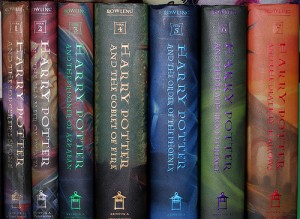
Complete Harry Potter Collection – Scholastic hardcover
(CC Image by Stephan Starnes via Flickr)
Although it’s mostly considered fantasy for its predominant theme of magic, Harry Potter also falls under such genres as mystery, thriller and coming of age. This makes it a very versatile and unique read, which may partly explain its enormous success. Despite appearing as a children’s story about wizards on the surface, the series has many levels to it that make it appealing to a broader range of readers. For instance, those who don’t care so much for fantasy might still enjoy Harry Potter as an adventure story at its core, or for its mystery elements, or even as a tale about a young boy trying to find out who he really is. Aside from its overlapping genres, the author also made a point of allowing various themes to blossom throughout her work, including the trials of adolescence, political subtexts, and especially death.
One of the most notable achievements of this series was the fact that it encouraged so many children to read. Yet there was more to it than just getting kids to pick up books they would normally consider above their reading level. As one of the children of the Potter generation, I can attest to the special experience of growing up with the main characters. I read the first book when I was very close to 11 years old and finished the last one not long after turning 17, and because of the way the series gradually progressed into darker themes with each new book, Harry Potter was the key work of literature in my transition from lighter children’s stories to more mature fiction, helping me to develop both as a reader and as a writer.
There’s no question that these books will forever be revered throughout the history of literature, not only for their record-breaking commercial success, but for their tremendous cultural impact. The series has inspired an entire generation of young readers, and it will always hold a special place in the hearts of the millions who have been touched by the magic of Harry Potter.
Inspiration
If Roald Dahl first hooked me on fantasy stories with Charlie and the Chocolate Factory, J.K. Rowling kept me forever loyal to the genre with Harry Potter. As I like to put it, “I came for the chocolate factory, and stayed for the wizarding school.”
Harry Potter has been a huge inspiration to me since my childhood, as much in fantasy specifically as in the rest of my writing in general. The books have opened my eyes to a wonderful world of fiction, and they’ve taught me a great deal about the techniques and passion it takes to create a magical universe. I’ve been an aspiring fantasy author since I fell in love with creative writing as a child, and I can honestly say that this series has played a major part in keeping my dream alive for so many years. No matter how many other novels I go on to read and even write throughout my life, the Harry Potter books are and always will be among my absolute favorites.

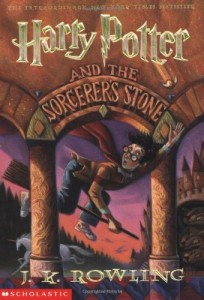
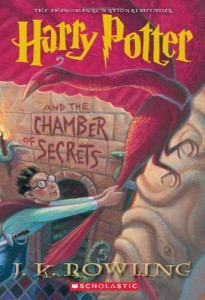

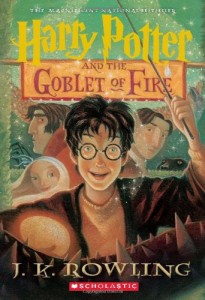
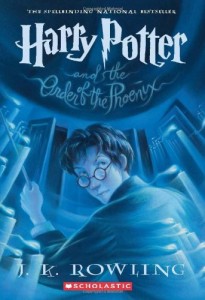
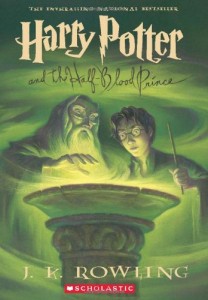
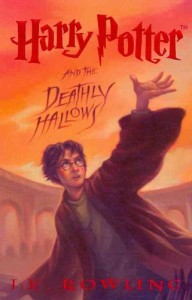
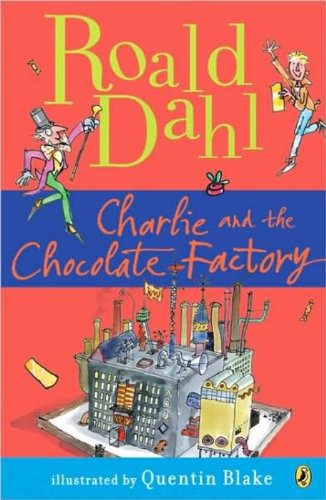

Recent Comments